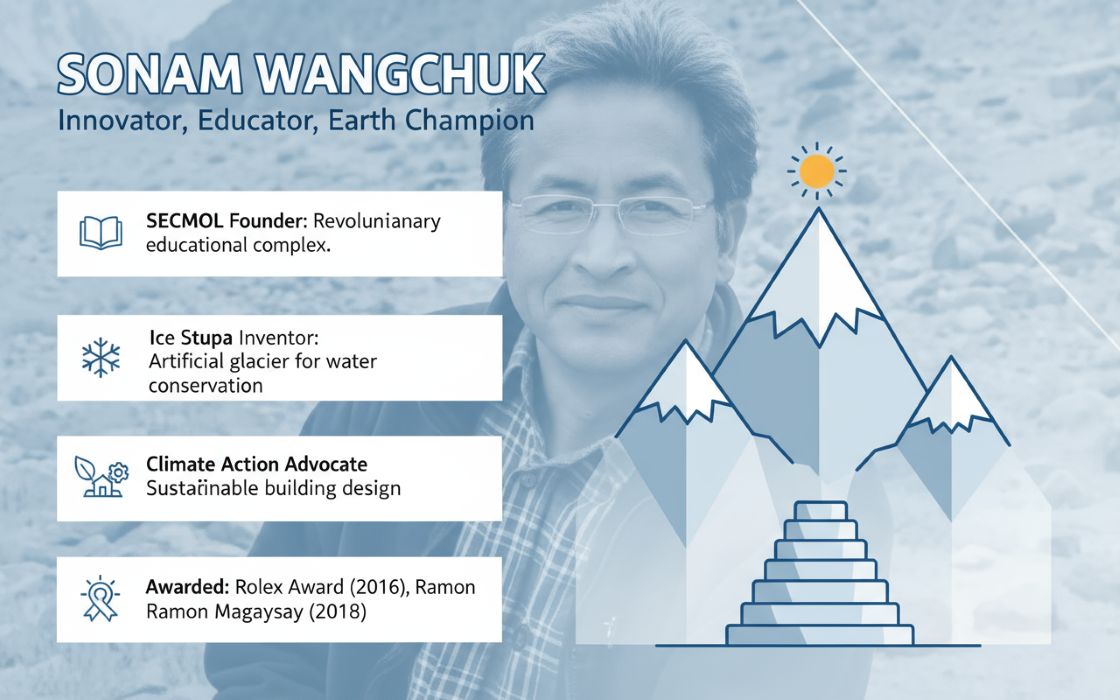New Delhi, July 31, 2025: In a push to decarbonize India’s construction sector, Villgro Innovations Foundation and Habitat for Humanity’s Terwilliger Center for Innovation in Shelter have released a comprehensive report titled “Accelerating Innovations in Green Building Materials in India.” Supported by Saint-Gobain and knowledge partner Terrarium, the report explores the evolving market landscape and highlights scalable innovations that could shape the future of sustainable construction in India.
The study comes at a critical time as India is poised to double its built-up area by 2050, which could significantly increase the country’s carbon emissions. The construction sector currently accounts for 25% of India’s total emissions and is projected to emit 90 billion metric tonnes of CO₂ between 2020 and 2070 if conventional practices continue.
The report identifies green building materials (GBMs)—including fly ash bricks, fibre panels, geopolymer concrete, and waste-based pavers—as viable alternatives to traditional high-emission materials like cement and steel. These alternatives offer reduced embodied carbon, improved thermal performance, and economic opportunities. The GBM market is projected to grow at 10-12% CAGR, reaching USD 70-80 billion by 2030, according to McKinsey.
Ananth Aravamudan, Chief Technical Officer at Villgro, stated, “We at Villgro, along with Habitat for Humanity’s Terwilliger Center, are pleased to unveil the new report that sheds light on the momentum and current market landscape of GBMs in India, and outlines actionable pathways to strengthen and scale the GBM-centric innovation ecosystem. While most conventional construction methods are resource-intensive and environmentally unsustainable, GBMs, on the other hand, are not just climate-aligned, they’re also increasingly competitive vis-à-vis performance, durability, and ease of use.”
Anoop Nambiar, Country Director, Terwilliger Center India, noted, “Sustainable development and climate change are closely intertwined. Growing aspirations and economic progress are fueling demand for large-scale infrastructure as well as housing. In parallel with the need for resource efficiency and responsible consumption, the market for green building materials is expanding rapidly.”
Venkat Subramanian, Managing Director - Gypsum, Insulation & Mortars, Saint-Gobain, added, “Saint-Gobain’s mission is to be a market leader in Light and Sustainable Construction, and with the ambition of achieving Net Zero Carbon Emissions by 2030, our purpose of ‘Making the world a Better Home’ aligns towards this cause. This market study report helps us to engage deeper with this purpose. We hope to see a transformation in the marketplace towards a low-carbon infrastructure and a sustainable future.”
The report highlights successful case studies from startups like Zerund, Strawcture, RecycleX, and Tvasta, among others, demonstrating that GBMs are viable and scalable. However, adoption still faces barriers such as low awareness, lack of unified certification, premium costs, and fragmented incentives.
To address these challenges, the report outlines a four-pillar actionable framework, including: forming inclusive coalitions, establishing a green material innovation fund, launching a testing and training centre of excellence, and creating a digital marketplace for verified GBMs.
Villgro and the Terwilliger Center are seeking collaborations with policymakers, industry leaders, and ecosystem stakeholders to implement these strategies and support India’s transition to a green construction future.



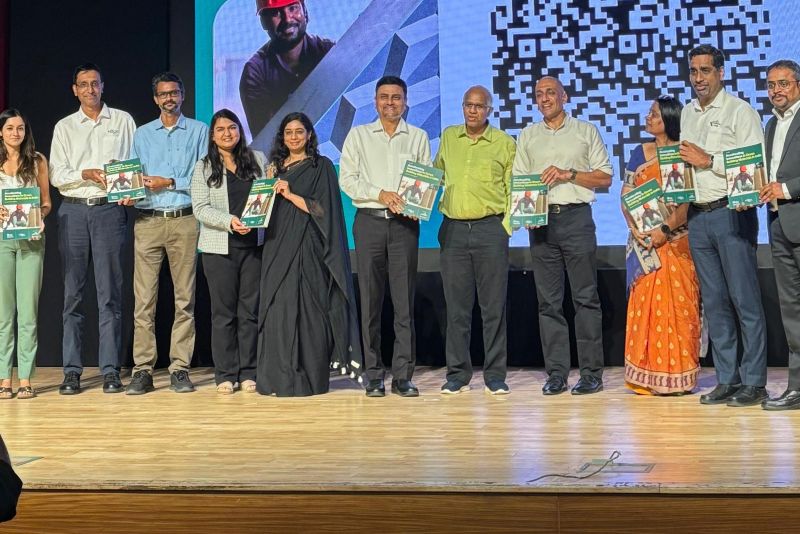
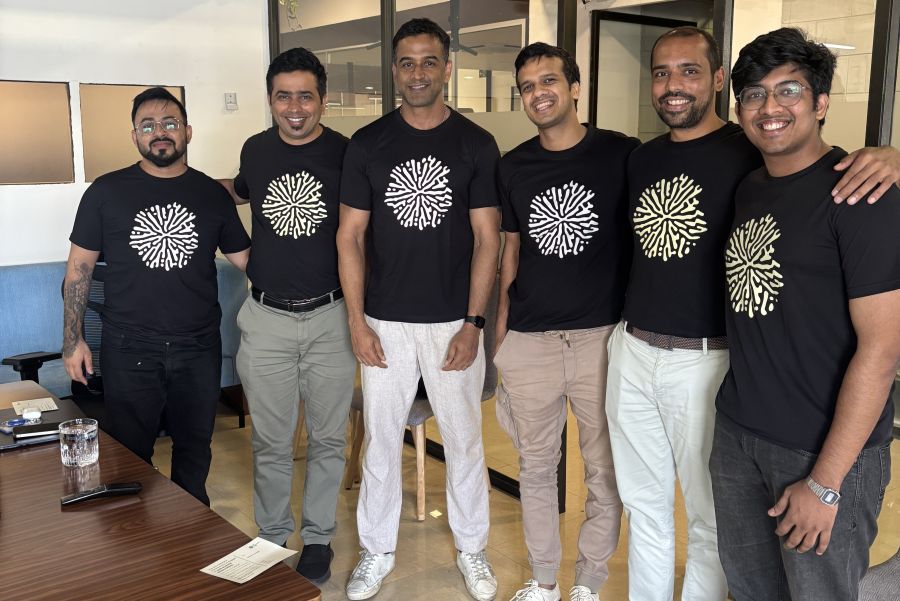

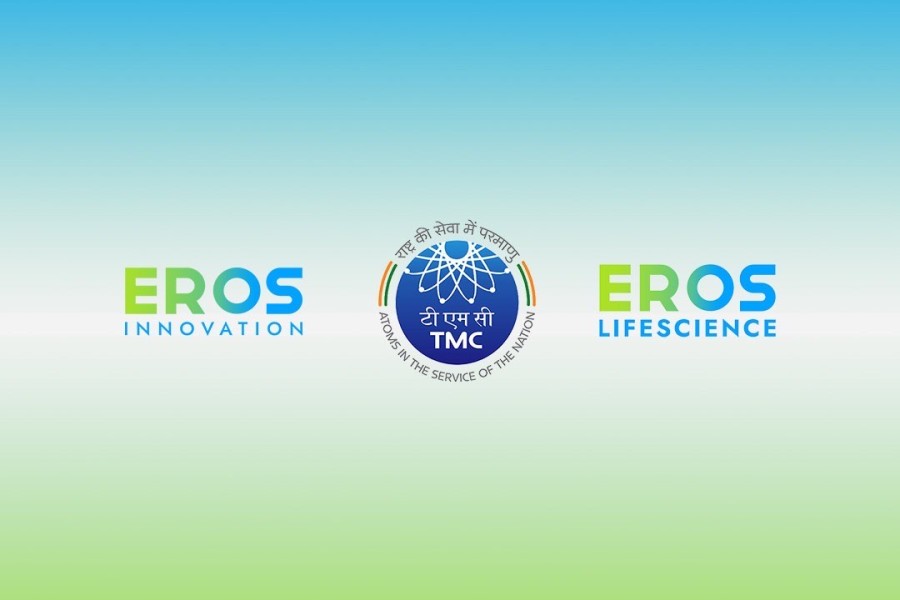
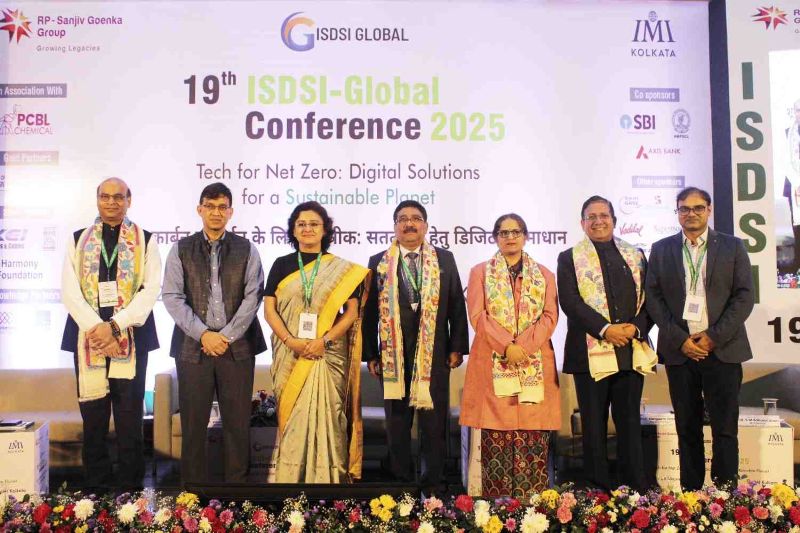
.jpg)







.jpg)

